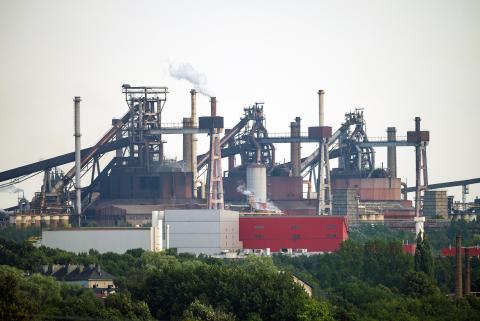IEEFA India: Low carbon electricity using pumped hydro storage
Five years ago, India committed to an ambitious transformational target of 275 gigawatts (GW) of renewable energy installations by 2027.
The target for new installs of 30-40GW annually puts India on track to be one of the largest developers of renewables globally, potentially second only to China.
To do this, India must continue to modernise its electricity system, developing a dynamic time of day pricing signal for producers and consumers alike.
Additionally, US$10-20bn annually must continue to be invested in expanding the national grid transmission and distribution system.
Flexible on-demand peaking capacity of all types also needs to be added to balance low cost but highly variable renewable energy generation.
IEEFA also expects pumped hydro storage (PHS) to play a central role.
Globally, PHS is an established, proven and cost-effective technology for storing electricity at times of high generation and/or low demand, which can then be released into peak demand periods.
There is some 140GW of PHS capacity installed globally providing well over 95% of global electricity storage capacity.
There are many advantages to PHS.
It has a round trip efficiency of 70-80% (meaning 20-30% of electricity is lost), depending upon the distance and gradient separating upper and lower reservoirs of water.
It is designed to time-shift electricity to periods of peak demand so that power is stored when it is least expensive and then used during peak demand when prices are highest.
And with its almost instantaneous start capacity, PHS is ideal for meeting evening peaks as well as providing grid frequency stabilisation services.
Where and when alternative water demands allow, PHS can also provide longer duration supply – a capacity that lithium ion batteries are not well suited for.
In Australia, low cost renewable energy projects delivering tariffs of US$25-35/MWh are now booming.
In belated support of this, new PHS investment proposals worth US$6-7bn across nine projects and covering 3.05GW with a collective 358GWh of storage capacity, are under active discussion.
While Australia’s Snowy 2.0 US$5bn 2GW/350GWh PHS and associated grid expansion has garnered the most media attention, there are many other proposals providing significant geographic diversification. These include:
- Energy Australia’s 225MW / 1,770MWh seawater PHS in Cultana South Australia that is potentially on-line as early as 2021 (US$340m or US$1.5m per MW capital cost, 72% round-trip efficiency, 260 metre design head).
- Genex Power’s 250MW/2GWh proposal at the end-of-life Kidston goldmine in far north Queensland that is due on line by 2022.
- Hydro Tasmania’s Battery of the Nation PHS expansion stage I at 250MW (Tarraleah and Gordon), with the potential to expand this to 4.8GW in 14 sites.
- SIMEC ZEN Energy’s OneSteel Iron Duchess North 90MW/390MWh PHS at a disused mine site near Whyalla, South Australia at a proposed cost of A$170m (US$120m).
- Origin Energy’s PHS expansion of an additional 235MW at Shoalhaven, New South Wales at a cost of A$230m (US$160m).
- MirusWind’s Walcha Energy Project which includes PHS as part of a 3.4GW wind / 0.5GW solar hybrid project near Armidale, New South Wales.
While hydro-electricity is fraught with social issues in India and many other non-temperate, monsoonal climates and areas of high population densities, PHS has a much smaller footprint.
There is huge potential for PHS to be a key sector in India, ideally requiring at least US$20bn of new investment in the coming decade.
PHS can play an immensely important role in facilitating India’s improved energy security and transition to a lower cost, low carbon electricity market that will require flexible, dispatchable, as well as peak power capacity, especially until battery storage becomes cost competitive.
Read IEEFA’s full briefing note: Pumped Hydro Storage in India – Getting the right plans in place to achieve a lower cost, low carbon electricity market.
Tim Buckley ([email protected]) is Director of Energy Finance Studies, IEEFA Australasia.
Kashish Shah ([email protected]) is a research associate with IEEFA India.
This article first appeared in ETEnergyWorld.












